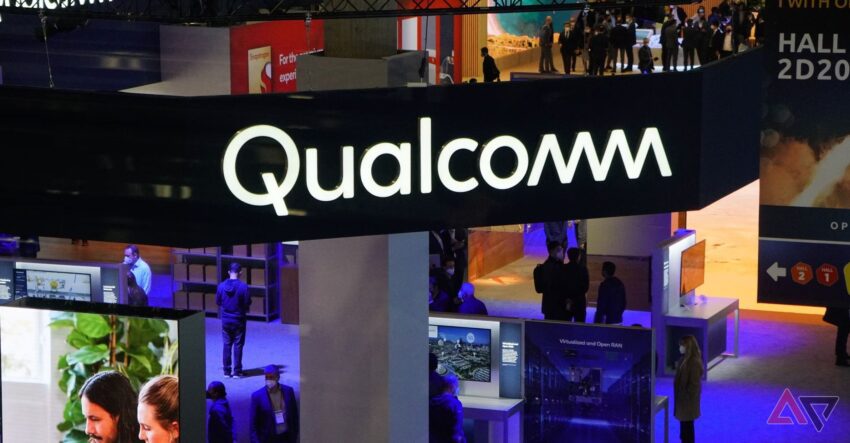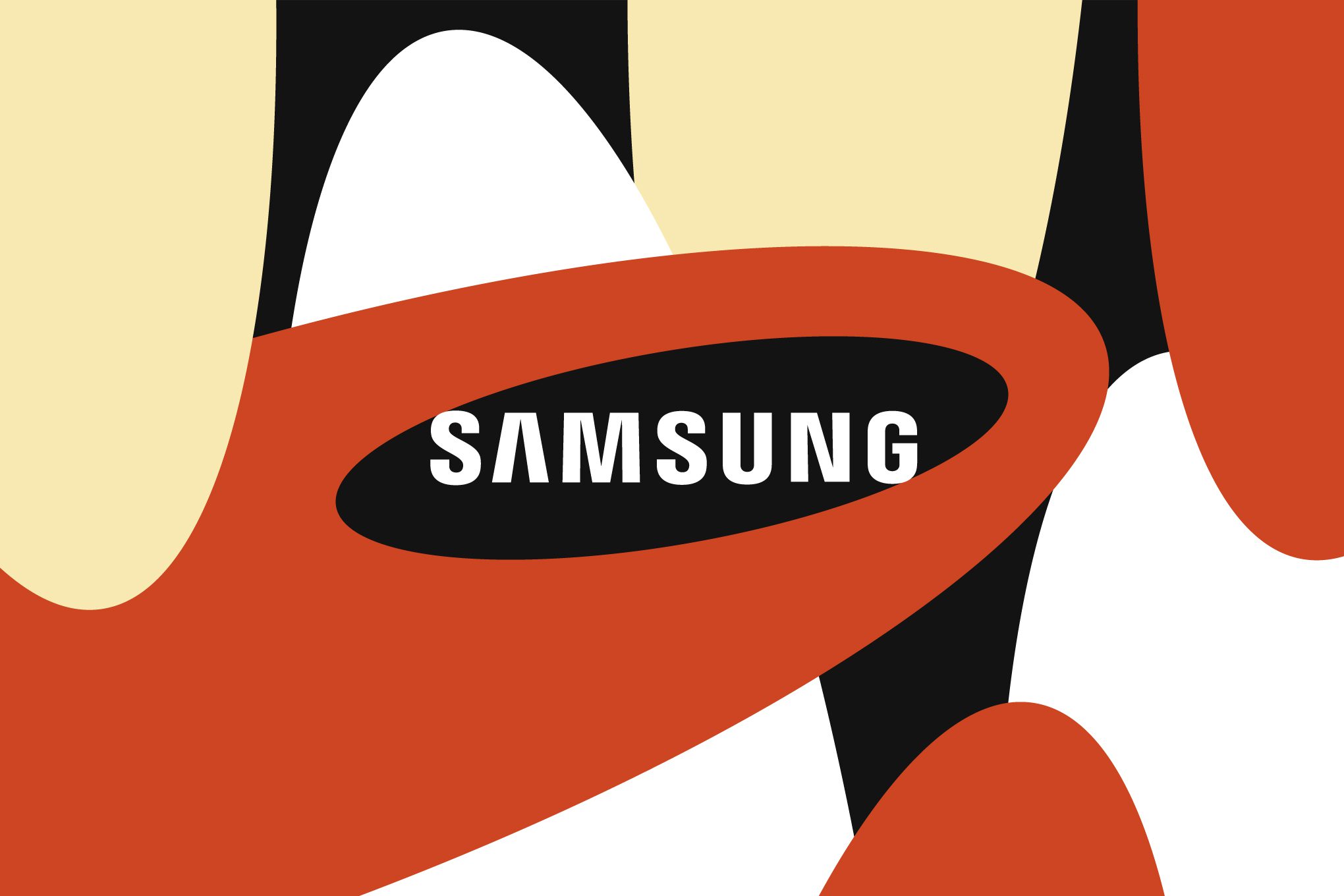
google teases its snapdragon-powered android pc project Google has announced its plans to develop a Snapdragon-powered Android desktop, marking a significant expansion of the Android ecosystem beyond traditional mobile devices.
google teases its snapdragon-powered android pc project
Android’s Expanding Ecosystem
Android, originally designed for smartphones, has evolved into a versatile operating system that powers a wide array of devices. From smartwatches and televisions to tablets and even some laptops, Android’s adaptability has allowed it to penetrate various markets. The operating system’s open-source nature has encouraged innovation and experimentation, leading to its deployment in unconventional settings.
Historically, some Chinese manufacturers have ventured into the realm of Android-powered computers. These devices, while functional, have often struggled to gain traction in markets dominated by Windows and macOS. However, Google’s recent announcement suggests a renewed commitment to integrating Android into the desktop computing space, potentially transforming how users interact with their devices.
The Snapdragon Advantage
At the heart of this initiative is Qualcomm’s Snapdragon platform, which has become synonymous with high-performance mobile processing. Snapdragon chips are widely recognized for their efficiency and power, making them ideal candidates for a desktop environment. By leveraging Snapdragon’s capabilities, Google aims to deliver a seamless experience that combines the best of mobile and desktop functionalities.
Performance and Efficiency
Snapdragon processors are designed to handle demanding tasks while maintaining energy efficiency. This is particularly important for desktop computers, where users expect robust performance without compromising battery life. The integration of Snapdragon technology could enable Android desktops to run resource-intensive applications, such as video editing software and graphic design tools, while still providing a smooth user experience.
Compatibility with Existing Applications
One of the primary challenges for any new operating system or platform is ensuring compatibility with existing software. Google’s move to develop a Snapdragon-powered Android desktop raises questions about how well it will support traditional desktop applications. However, Google has a history of fostering a rich ecosystem of applications through the Google Play Store. This could facilitate a smoother transition for users accustomed to Android on mobile devices.
Potential Use Cases
The introduction of an Android desktop could open up a variety of use cases, appealing to different segments of the market. Below are some potential applications:
- Education: Android desktops could serve as cost-effective solutions for educational institutions, providing students with access to a wide range of learning tools and resources.
- Remote Work: With the rise of remote work, an Android desktop could offer a lightweight alternative for professionals who primarily use web-based applications.
- Creative Industries: Artists and designers could benefit from powerful Android desktops equipped with Snapdragon processors, enabling them to run creative software efficiently.
- Gaming: The gaming community may also find value in an Android desktop, especially with the growing popularity of mobile gaming titles that could be adapted for a larger screen.
Market Implications
The introduction of a Snapdragon-powered Android desktop could have significant implications for the computing landscape. As Google positions itself as a competitor in the desktop market, it may challenge established players like Microsoft and Apple.
Competition with Windows and macOS
Windows and macOS have long dominated the desktop operating system market, but Google’s entry could disrupt this status quo. By offering a user-friendly interface and seamless integration with mobile applications, Android desktops may attract users who seek an alternative to traditional operating systems.
Impact on Hardware Manufacturers
Google’s initiative could also influence hardware manufacturers. Companies that have previously focused on Windows-based systems may need to adapt their strategies to accommodate the growing demand for Android desktops. This could lead to increased competition among manufacturers, ultimately benefiting consumers through a wider range of options and potentially lower prices.
Stakeholder Reactions
The announcement has elicited a range of reactions from industry stakeholders. Some see it as a promising development that could revitalize interest in Android as a desktop platform, while others remain skeptical about its viability.
Support from Developers
Many developers are optimistic about the potential for a Snapdragon-powered Android desktop. The prospect of creating applications that can run seamlessly across mobile and desktop devices is appealing, as it could streamline development processes and broaden their user base. Additionally, the familiarity of the Android ecosystem may encourage developers to invest time and resources into creating desktop applications.
Concerns from Traditional PC Users
Conversely, traditional PC users may express concerns regarding the transition to an Android desktop. Many users have established workflows and preferences tied to Windows or macOS, and the prospect of adapting to a new operating system can be daunting. Google will need to address these concerns by ensuring that the Android desktop offers a compelling and user-friendly experience.
Future Outlook
As Google moves forward with its Snapdragon-powered Android desktop project, several factors will influence its success. Key considerations include:
- User Experience: The overall user experience will play a crucial role in determining whether users embrace the new platform. Google must prioritize intuitive design and functionality to attract a broad audience.
- Software Ecosystem: The availability of applications will be a significant factor in the platform’s adoption. Google must work closely with developers to ensure a rich library of software is available at launch.
- Marketing Strategy: Effective marketing will be essential in communicating the benefits of an Android desktop to potential users. Google will need to highlight the unique features and advantages of the platform to differentiate it from competitors.
Conclusion
Google’s announcement of a Snapdragon-powered Android desktop represents a pivotal moment in the evolution of the Android ecosystem. By leveraging the power of Snapdragon processors, Google aims to create a versatile and efficient desktop experience that could appeal to a wide range of users. As the project develops, the industry will be watching closely to see how it impacts the competitive landscape and whether it can successfully carve out a niche in the desktop market.
Source: Original report
Was this helpful?
Last Modified: September 24, 2025 at 2:39 pm
3 views















